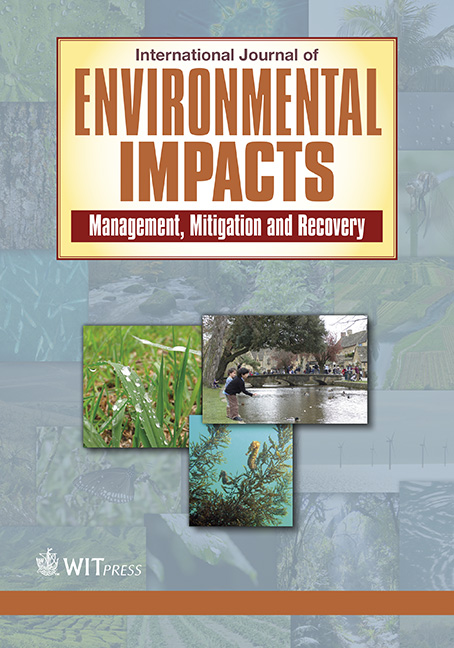Comparative ecosystem analysis of urban ponds: implications for synergistic benefits and potential trade-offs resulting from retrofitting of green roofs in their catchments
Price
Free (open access)
Volume
Volume 4 (2021), Issue 4
Pages
16
Page Range
323 - 339
Paper DOI
10.2495/EI-V4-N4-323-339
Copyright
WIT Press
Author(s)
Vladimir Krivtsov, Steve Birkinshaw, Rebecca Yahr & Valerie Olive
Abstract
This paper provides a summary of ecological functioning, biodiversity and water chemistry of two sustainable drainage systems (SuDS) ponds, and compares the level of ecosystem services with those attainable by retrofitting green roofs (GRs) in the ponds’ catchments. These study sites are characterised by relatively high diversity of habitats, including aquatic, mesic and terrestrial; the importance of the latter is highlighted using the analysis of vascular plants and calcicolous lichens. Both SuDS sites provide valuable multiple benefits related to the enhancement of local biodiversity, water quality improvement and alleviation of flood risk, and the retrofitting of GRs would further enhance flood resilience and biodiversity of the area. However, there might be potentially negative effects on the runoff water quality and hydrobiological community composition of the receiving ponds. Changes in the runoff chemistry combined with the decreases in flush rate of high-flow events would increase the risk of cyanobacterial dominance during late summer and autumn. Such trade-offs should be carefully considered in planning any practical actions. This study elucidates indirect effects by following the methodological framework of comparative ecosystem analysis, which will be of use for any research and applications considering implementation of complex nature-based solutions (NBS), including those within the context of sustainable development of blue-green cities (BGC).
Keywords
blue-green infrastructure, community structure, CTEA, hydrological modelling, indirect effects, mesofauna, newts, plankton, runoff chemistry, terrestrial flora, fungi, urban pollution.




